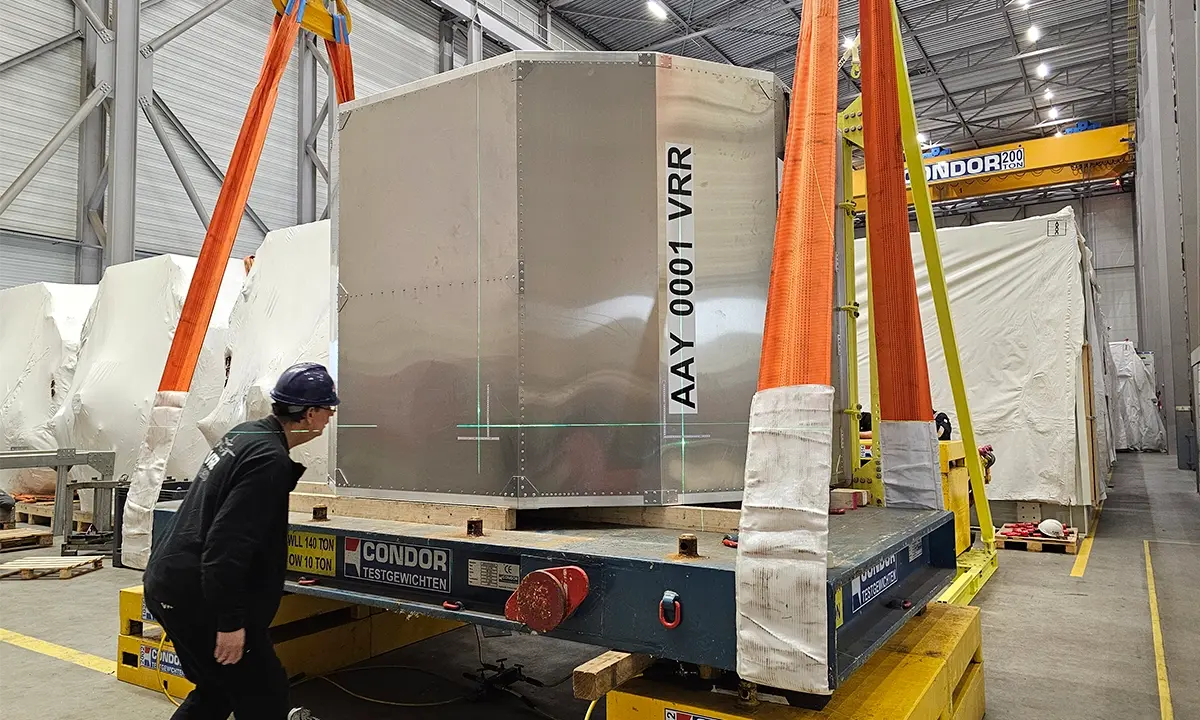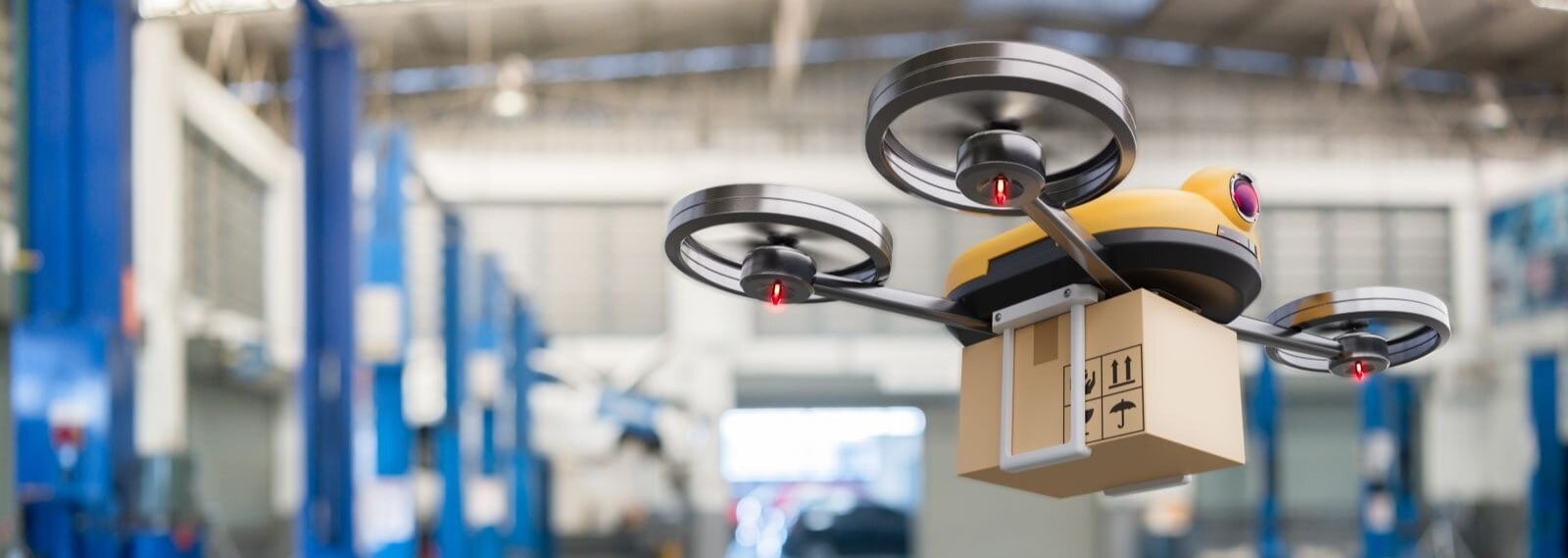VRR reveals the methodology the company is adopting to create a sustainable organization that customers, employees and partners in the air cargo industry can continue to rely on in years to come. This is the second of two articles.
If you’ve ever been involved in a company-wide change management project, you know it’s not for the faint hearted. You have to really believe in what you’re doing and why. And at VRR, some far-reaching changes are taking place. Basically, we’re spending the next five years or so turning ourselves into a learning organisation.
It’s a big commitment, so why are we doing it?
It’s quite simple really. We want to stay appealing to our customers and relevant to our industry in 2026 and beyond. Therefore, we want to make sure we’re producing a constant flow of ideas that will help us continually adapt to a changing environment.
In Why and How We’re Becoming a Learning Organisation (Part 1), we explained the importance of understanding ‘why we do what we do’ before moving on to ‘how we make our products’ and then ‘what products we make’. That principle applies to any company, not just us.
At VRR, our purpose is clear: to inspire our colleagues, partners and customers to co-create the safest and most efficient air cargo innovations. But what’s the best way of achieving that? How do we best serve our customers and the wider aerospace industry and at the same time make our own organisation sustainable in the long-term?
Well, there are many techniques available to us to help us create the results that we really care about. However, many are simply tools that help streamline processes, such as analysing bottlenecks and improving production planning.
Don’t get us wrong; these are important tools for any manufacturer. But we were looking for something more holistic. Something that would help each and every employee to focus on the customer throughout the working day and—above all—help them to innovate.
After a little trial and error, we finally found what we wanted: Lean & Learn.
"Learning organisations are skilled at five main activities: systematic problem solving; experimentation with new approaches; learning from their own experience and past history; learning from the experiences and best practices of others; and transferring knowledge quickly and efficiently throughout the organisation."
David A. Garvin, Harvard Business School Professor
How we’re becoming a learning organisation
As the name suggests, Lean & Learn is a blend of two different but complementary approaches.
The basis is Toyota’s Lean methodology, which is all about optimising an entire value stream to maximise customer value. The emphasis is very much on continuous improvement, eliminating waste, and being nimble. However, in Lean & Learn, this well-known methodology is applied somewhat differently, and it’s this unique aspect that caught our imagination.
To begin with, the organisation is seen as a group of people who carry out a series of activities that result in a product or service. Some of those activities add value to the customer (e.g., making a product out of materials and parts) and some do not (e.g., warehousing, purchasing and admin).
Once you’ve identified what is valuable, you can utilise various tools and methods to improve your processes, with the result that you always exceed your customers’ expectations. Shorter lead times, greater reliability, lower costs and so on. So far, so Lean…
The next step is to achieve an extremely motivated team that can always deliver what the customer wants and needs. And it’s here that the learning aspect of Lean & Learn comes into play.
Creating a motivated and innovative workforce
Lean & Learn requires an organisational climate in which learning goes hand in hand with work satisfaction. In other words, it requires a learning organisation where people are continually developing and where they are free to explore new ways of doing things, with the aim of creating the products that customers want.
The premise of a learning organisation is twofold: that standard processes and best practices are already in place and that those performing added-value activities already have the knowledge (consciously or subconsciously) that is needed to improve processes. What they might not have is the required enthusiasm or permission to make the necessary changes.
Oftentimes, that deficiency is down to either the individual and/or the manager not understanding the role that every employee plays within the value chain. In other words, they do not realise that each person in the organisation can and should add value to the customer.
Once that role is made clear, it’s possible to foster a learning environment. That means giving individuals and teams the freedom, time and permission to experiment. It also means expecting managers to act as inspiring coaches and to create a safe environment for that experimentation. Without either of these, innovation cannot flourish.
Of course, improvements should always be focused on a common goal and not some personal journey. But by giving employees autonomy and purpose, it is possible to create an extremely motivated workforce.
“Corporate culture matters. How management chooses to treat its people impacts everything – for better or for worse.”
Simon Sinek, author of Start with Why and The Infinite Game
Working from bottleneck to bottleneck
Here at VRR, those improvements are really starting to make an impact. By focusing much more on the value chain and removing potential disruptions to the process—basically working from bottleneck to bottleneck—we’ve decreased significantly the lead-time of many processes. Now we’re delivering the same or better quality products in much less time.
We’re also seeing production workers implementing their own ideas, which means they really understand why, how and what they’re doing. They’re no longer obliged to adapt to an idea they don’t like or grasp.
What’s more, teams get together every day or week and talk about problems, updates and what needs to be done. The focus is very much on solving the root causes of issues. This makes them genuinely productive meetings, and the staff come away feeling motivated.
What our new culture is delivering and what it will continue to deliver
The question now is: what is Lean & Learn delivering to us as an organisation and what is it delivering to our customers? The answer to the first part of that question is a more stable and structured organisation that is driven by innovation and collaboration. People enjoy working with us, and that in turn has a positive effect on the products that we make.
Which brings us neatly to the second part of the question…
Our internal organisation is gradually blending with our external environment. In other words, the customers and partners that we work closely with. What they should be seeing is an improved quality in our products and service. After all, people who are invested in the products they make and who feel a part of the value chain also care about what they deliver to our customers.
That quality should continue to improve over the years. But if at any time the level of quality is not quite what they or our customers expect, they’re now confident enough to adapt and innovate until they achieve what is desired.
And that’s where the success of an organisation lies. Continuous improvement, self-directing teams, supervisors who act as coaches, and an organisation that can continue to improve and adapt to (or preferably anticipate) changes in the market and in society.
.png)



.webp)